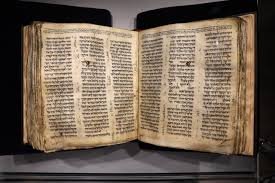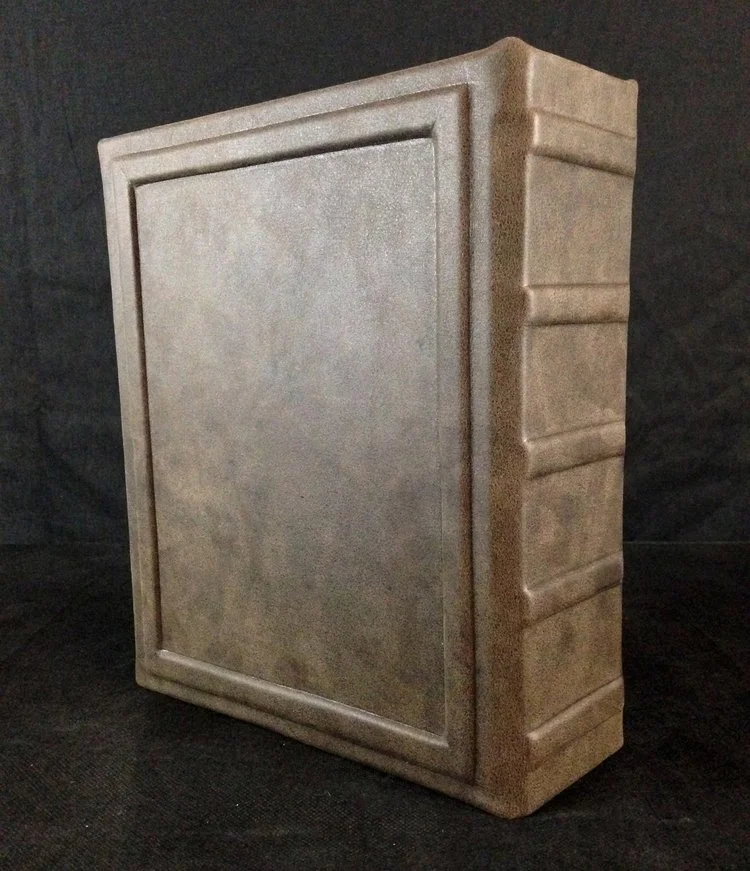Codex Sassoon 10th Century


Codex Sassoon 10th Century
Limited Edition | Fine Art Reproduction | Hand-Bound
Publisher's Description:
The Codex Sassoon—widely regarded as the earliest surviving nearly complete manuscript of the Hebrew Bible—is now available in an exquisite facsimile edition for the first time. Painstakingly reproduced from the original 10th-century manuscript, this facsimile offers scholars, collectors, and bibliophiles a rare glimpse into the transmission of sacred scripture in the early medieval period.
📜 Historical Significance:
Written around 900 CE, likely in the region of Tiberias or Syria, the Codex Sassoon bridges the textual tradition between the Dead Sea Scrolls and later medieval Hebrew manuscripts. Predating even the famed Leningrad Codex (1008 CE), it represents one of the earliest comprehensive compilations of the Masoretic Text, the authoritative Hebrew Bible canon used by Jewish communities to this day.
What distinguishes the Codex Sassoon is its completeness: it contains all 24 books of the Hebrew Bible (Tanakh), missing only 12 leaves, including the first 10 chapters of Genesis. The manuscript includes vocalization marks, cantillation signs, and Masoretic notes—making it an invaluable resource for understanding the evolution of the Hebrew scriptural tradition and oral recitation.
📖 Contents:
Full text of the Hebrew Bible (Tanakh), in three divisions:
📘 Torah (Pentateuch)
📘 Nevi’im (Prophets)
📘 Ketuvim (Writings)Includes Masorah Magna and Parva, the marginal annotations by the Masoretes that preserve the accuracy of the biblical text.
Text is written in a square Hebrew script on high-quality parchment in two columns per page.
📚 Provenance & Legacy:
The codex's lineage is as storied as its contents:
In the medieval period, the manuscript was housed in a synagogue in Makisin (modern-day Markada, Syria), until the synagogue was destroyed—at which point the codex disappeared from public record for over 600 years.
It resurfaced in the early 20th century and was acquired by the great bibliophile David Solomon Sassoon (1880–1942), who cataloged it as Sassoon 1053.
The manuscript passed through private hands, including a brief period at the British Rail Pension Fund.
In May 2023, it was purchased by Alfred H. Moses, on behalf of the American Friends of ANU — Museum of the Jewish People in Tel Aviv, Israel, for a record-breaking $38.1 million at Sotheby’s New York.
It now resides permanently at ANU – Museum of the Jewish People, where it serves as both a scholarly and spiritual touchstone for global Jewry.
📍 Current Location:
ANU – Museum of the Jewish People, Tel Aviv, Israel.

